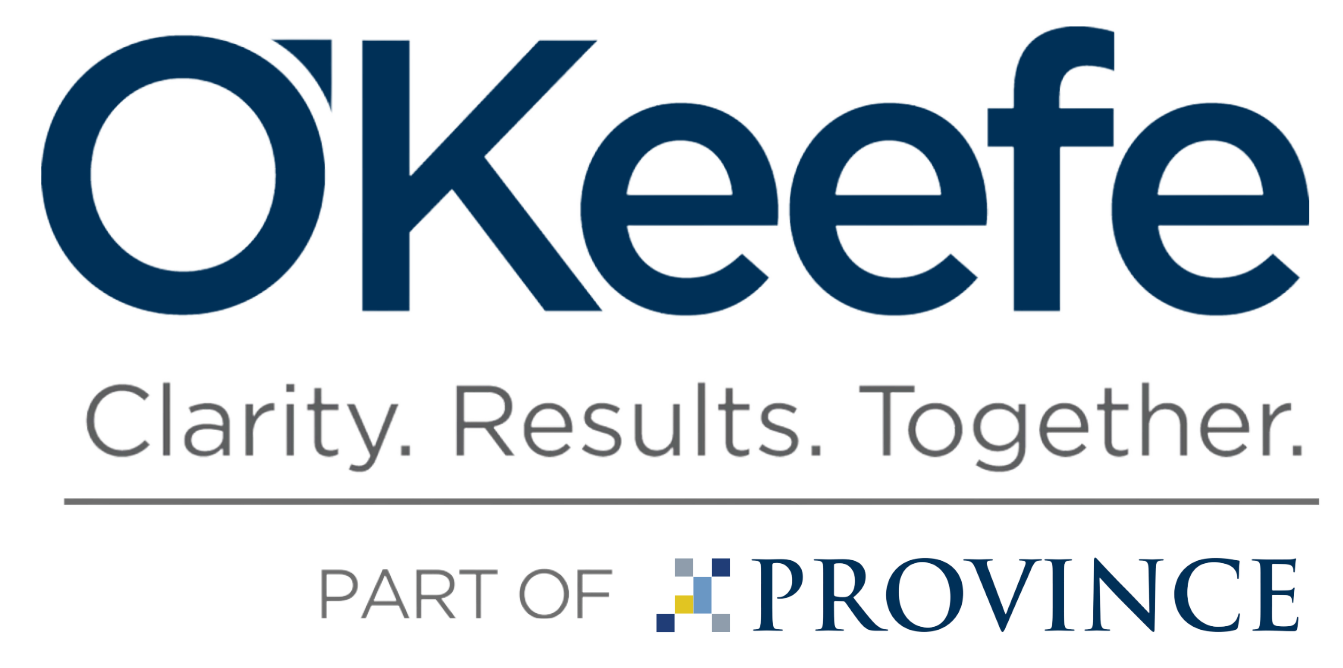Are Your Borrowers Prepared for the Unknown?
As published in ABL Advisor and Equipment Finance Advisor
Depending on where you get your economic news, you will find varying opinions on the timing and severity of an upcoming economic downturn. For the last eight and a half years, most borrowers have been thriving. The loans you have provided, coupled with the economy’s strength, have allowed borrowers to invest in capital equipment, expand their product offerings, and hire necessary resources to support their growth.
But what happens when the economy does make a turn for the worst? Will your borrowers be able to weather the storm? Will debt covenants be breached? Whether it is interest rate policy, import/export tariffs, labor shortages, or new accounting pronouncements (ASC 842 – Lease Accounting Standards and ASC 606 – Revenue Recognition), there is no end to the external influences that may impact their business and your loan.
Whether the borrower’s business is retail, wholesale, or consumer goods, now is the best time to start planning for that uncertain future. Be proactive with your borrowers and reassess their creditworthiness under several scenarios to (1) determine at what level of sales or debt your borrower may trigger a loan default, and (2) determine what options that you as a lender may be able to offer. This of course means that you or your borrower must run some different financial models under various levels of debt, revenue erosion, or cost escalation.
Before you start this “what if” analysis, it is important to establish a baseline by looking at your borrower’s historical financial performance. I am assuming your borrower is providing enough financial detail for you to complete your analysis and that you have a good understanding of your borrower’s business, including major customers and suppliers, and how tied they are to macroeconomic trends. Since you are not actively involved in their day-to-day activities, there is only so much you can discern from the monthly reports you receive. To bolster the data you do get, one thing you can look at is key performance indicators and financial ratios that are relevant to your borrower’s business and industry. Whether it is accounts receivable/payable days outstanding, inventory turnover, debt to equity ratios, or gross margin, benchmarking your borrower to the industry will provide you valuable insight.
Aside from the historical trends of the monthly or quarterly debt covenants you monitor, you should also look at the various relationships that exist within the borrower’s financial statements. These relationships are important as they assist in developing an expectation of results. Here are just a few of them:
• Is gross margin consistent across different levels of revenue? If not, you should be asking about:
o Price changes and discounts
o Product mix changes
o Material costs or supplier changes, including any scrap rates
o Labor efficiency and overtime premiums
◊ If you are seeing increases in overtime premiums, do these increases tie into increased sales or are they an indication of operational inefficiency?
o Fixed and variable overhead changes
• Are SG&A costs in line with the borrower’s budget and if not, why not?
Reviewing the statement of cash flows is also a useful financial tool that highlights many trends not reflected in either the balance sheet or income statement, such as the purchase or sale of capital equipment, the issuance and retirement of debt, or distributions to shareholders.
• As an asset-based lender you will also want to consider:
o Are changes in working capital items matching up with changes in working capital loan balances? If not, it may be an indication that long term assets are being funded by the working capital line, which may impact the borrower’s line availability in the future.
o Looking at the A/R and A/P agings can provide good insight into collection problems and any associated concentration of credit risk, as well as the potential for an unpaid vendor to file suit.
o If your borrower carries inventory, you will want to look at changes in the turnover ratio as well the aging or obsolescence of the inventory. An increase in inventory should be reflected by an increase in vendor payables, and if this is not the case, I would question cash management practices.
o As far as determining the potential impact of classifying operating leases as debt under ASC 842, the most recent financial statements footnotes would be a good place to start looking.
Now that you have your baseline and list of questions, it is time to put on your consultative hat and sit down with the borrower and discuss your concerns. With luck, your borrower is already thinking about the same types of issues and will be able to provide an updated forecast that reflects any new assumptions and trends. Aside from getting answers to your questions, one of the key things you should be looking for is whether the borrower is developing corrective action plans to address the various challenges, as you both see them, in the future. Some questions you should ask include:
• Are there any trends that might erode future revenues?
• Is your sales and marketing effort getting the volumes you expected?
• Is your product mix giving you the contribution you expected?
• What is the competition doing, especially regarding pricing, quality, and customer service?
• Are any fixed or variable costs escalating?
• How is the IT system supporting the business?
• Are there any unrecorded liabilities or material purchase commitments?
If your borrower’s latest forecast indicates either cash flow shortages or other significant headwinds that may impact their ability to service your debt, it is important to understand the timing and probability of such results. Remember, your borrower does not have to wait for a downturn to start preparing. Indeed, it would be prudent for them to take preventative measures now in order to minimize scrambling for solutions down the road. No one likes to be told how to run their business, but you might ask them to consider:
• Eliminating or reducing all discretionary spending.
• Reviewing all past due receivables and customer credit terms and allocating enough resources to maximize collection.
• Updating credit policy of at-risk customers.
• Investigating whether consigned or vendor managed inventory arrangements makes sense for your business.
• Reviewing your vendor payment terms, and where possible, requesting payment term extensions.
• Assessing hiring plans to make sure the need justifies the cost.
• Reviewing upcoming capital expenditure requirements and eliminating or delaying any non-critical items. How capital expenditures are financed can have a significant drain on liquidity. If your borrower is flush with cash, perhaps financing isn’t necessary, but in general, they should be financing long-term assets with long-term money (debt) and short-term assets with short-term money (working capital).
• Creating a short term (13 week) cashflow forecast that monitors daily or weekly movements of cash and forecasts your business needs over the same period.
In the long run it pays to be precautious, for both the borrower and lender. Planning and strategizing throughout the year is a sound business practice that, in turn, keeps key stakeholders up-to-date on key issues. Communication between the borrower and lender is vital. Be proactive and take action before any loan defaults limit your flexibility, and remember it pays to be prepared.


